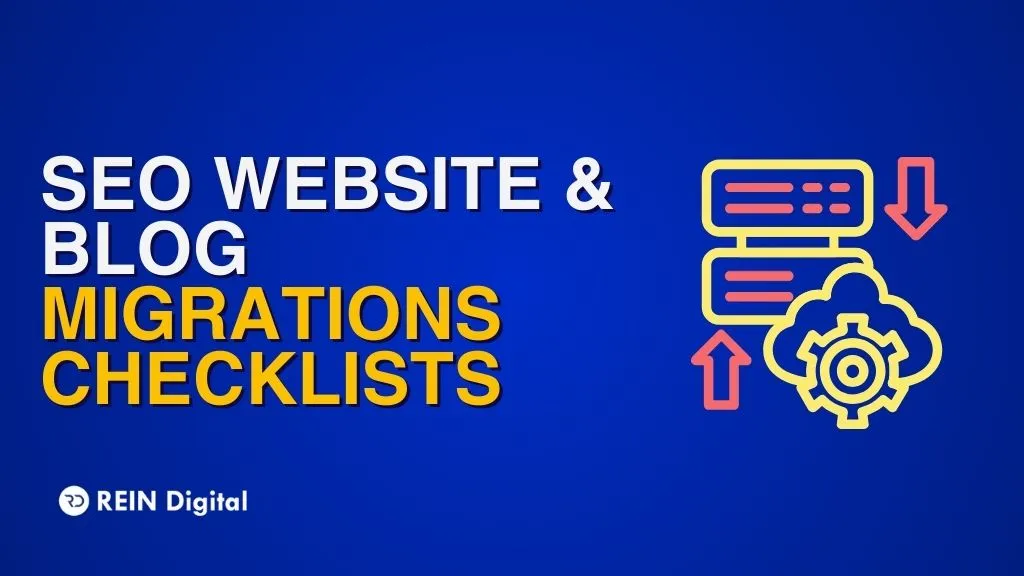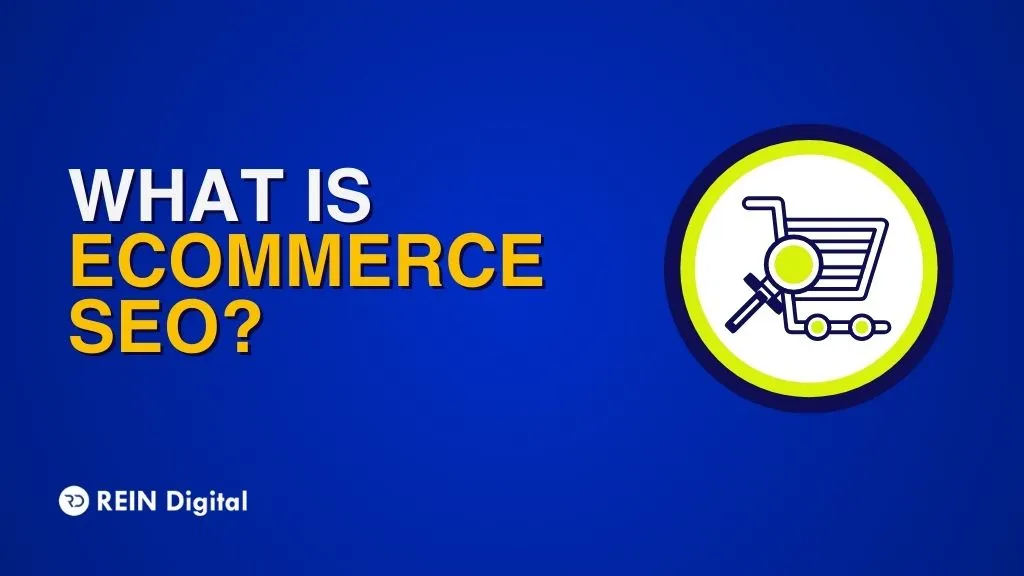
So, you’ve set up your online store. Products? Check. Payment gateway? Check. A stunning theme? Double check.
But wait—why isn’t Google showing you any love yet?
No matter how slick your e-commerce website looks, if your SEO e-commerce game is weak, it’s like opening a store in the middle of a desert and waiting for footfall. Not happening.
In this guide, we’re cutting straight to the chase—the best ecommerce SEO strategies that actually move the needle. Whether you're selling skincare or sneakers, this is your crash course on SEO for ecommerce websites that actually helps you get found, clicked, and bought.
1. Smart Keyword Research
If you’re not targeting the right keywords, you’re basically whispering in a room full of shouting competitors.
So, where do you start?
Use tools, yes, but also use your brain (and some good ol’ curiosity). Here's your playbook:
- Google Auto-Suggest: Start typing your product name and see what people are actually searching.
- Amazon Search Bar: It’s a goldmine for buyer intent. If people are typing “best noise cancelling headphones under ₹5,000,” there—guess what—they're looking to buy.
- SEMRush Keyword Magic Tool: Not just volume, but keyword difficulty, trends, and questions people ask.
- Reddit Threads & Forums: What are people complaining about? What phrases do they use? Gold for long-tail keywords.
- Check Your Competitors: Pop their URLs into Ahrefs or Ubersuggest. If they’re ranking for something, why shouldn’t you?
Think like your customer. Would you Google “running shoes X2-U model”? Or would you just say “best running shoes for beginners”? Choose keywords they’d use, not the ones you like.
2. Fix That Site Architecture (So Google Doesn’t Get Lost)
Think of your website like a supermarket. If your user has to walk past dairy, bakery, AND hardware tools just to find socks… they’re bouncing. The same goes for Google bots. If your site’s a hot mess? They dip.
That’s why a clean site structure is a core part of any solid SEO strategy for ecommerce websites, because both users and search engines crave simplicity and order.
So what's good site architecture for e-commerce SEO?
Here's what to keep in mind:
- Flat, not deep: No one should need to click more than 3 times to reach any product page. Think:
Home > Category > Subcategory > Product — and done. - Clean URLs:
example.com/product?=12345abc
example.com/shoes/black-running-shoes - Breadcrumbs: Not the kind you eat, but the kind that shows:
Home > Electronics > Mobile Phones > iPhone 15
Great for users. Even better for search engines. - Logical categories:
If you sell everything from yoga mats to smartwatches, don’t just shove them under “Accessories.” Create real categories that people actually search for. - Internal linking matters:
Link related products, blogs, or bundles. If someone’s buying a DSLR, show them tripods. Not a microwave.
Your site’s architecture is like the floor plan of a store. If it’s intuitive, people explore more. If it’s chaos, they leave their cart halfway and ghost you.
3. Nail Your On-Page SEO (No, It’s Not Just Titles & Meta)
You can have the best products in the world, but if your product pages are bland, bloated, or broken, Google will ghost you. So will your buyers. Here’s what real ecommerce SEO looks like in action when it comes to on-page optimization:
1. Create SEO-Friendly URLs
Make them readable—like a book title, not a barcode.
2. Optimize Your Product Images
Big files = slow site. Slow site = No rankings.
- Compress images (use tools like TinyPNG or WebP format).
- Always add alt text (keep it descriptive: "Red cotton summer dress for women").
3. Unique Content on Every Page
Copy-pasting manufacturer descriptions? Nah, we don’t do that here.
Write your own product descriptions.
- Use benefit-driven language.
- Highlight real use cases ("Perfect for early-morning jogs in humid cities.").
Toss in a few FAQs. If you had questions before buying, so will your customers—and yes, it’s great for SEO.
4. Internal Linking: Be Generous
Link to:
- Related products
- Top categories
- In-stock alternates
Why? It helps with site crawlability and keeps people browsing.
5. Add Schema Markup (AKA Code with Superpowers)
Want Google to show your star ratings, price, and availability directly in search?
- Add Product schema
- Add Review schema
- Use free tools like Google’s Structured Data Markup Helper
On-page SEO is where your site speaks to Google and to humans. So keep it clean, clear, and genuinely helpful.
4. Use Content Marketing That Actually Converts
Most e-commerce stores think content marketing means pushing out 500-word blogs titled “10 Ways to Use Our Product” and calling it a day. That’s like offering someone plain toast and calling it gourmet.
Smart SEO strategies for e-commerce sites go beyond fluff—they create value-packed content that actually helps, ranks, and converts.
Create Bottom-of-Funnel (BoFu) Content
These are people ready to swipe their cards. So, meet them there.
Examples?
- “Best Wireless Earbuds Under ₹2000”
- “Top Laptops for Video Editing in 2025”
- “iPhone 15 vs iPhone 14 – Which One Should You Buy?”
Put your products in these lists, compare features, answer doubts, and solve buyer dilemmas.
Promote Your Content (Don't Just Let It Sit There)
Hitting publish is only half the job. Now:
- Share it on Instagram stories, Pinterest boards, and Reddit threads (where it fits).
- Send it to your email list.
- Link to it from your product pages.
If a blog gets zero eyeballs, does it even exist?
Bonus Tip? Add videos. Even a scrappy, phone-shot demo of how a product works can boost time-on-page, reduce bounce, and help your SEO.
5. Tighten Up Your Technical SEO
You could have Shakespeare-level product copy, but if your site takes forever to load or looks like spaghetti code? Google’s bots peace out faster than window shoppers on a Monday morning.
Technical SEO is the backstage crew that keeps the whole show running.
Use HTTPS
- Get an SSL certificate.
- Show your customers that their data is safe.
Be Mobile-Friendly
80%+ of ecommerce traffic is mobile. If your site pinches, zooms, or loads like it’s on dial-up—say goodbye to rankings.
- Use responsive design
- Test with Google’s Mobile-Friendly Tool
Submit Your Sitemap to Google
It’s like handing Google Maps directions to your store.
- Use tools like Yoast or RankMath to generate sitemaps
- Submit it via Google Search Console
(And while you’re at it, submit a robots.txt too—basically tells Google what not to crawl.)
Find & Fix Other Hidden Issues
Crawl errors. Broken links. Duplicate content.
Use tools like:
- Semrush Site Audit
- Google Search Console
Fixing these silent killers can skyrocket your visibility. It’s like decluttering your warehouse—you find lost gems and make room for the good stuff.
6. Build Backlinks
If technical SEO is your site’s plumbing, backlinks are your online reputation.
Are the more relevant, high-quality sites pointing to your e-commerce store? The more Google starts trusting you.
Run a Backlink Gap Analysis
Look at what your competitors are doing—and steal smart. Tools like Semrush and Ahrefs let you peek into their backlink profiles.
Find:
- Where were they getting links from
- Which blogs are mentioning them
- What directories did they list in
Get Links From Suppliers, Manufacturers & Distributors
You’d be surprised how many product partners are willing to link to resellers.
Email your suppliers:
“Hey, we’re featuring your awesome products on our store. Could you list us on your ‘Where to Buy’ page?”
It’s an easy win and super relevant.
Pitch Product Reviews to Bloggers & Niche Sites
Send free samples. Offer affiliate codes. Ask for an honest review.
E-commerce SEO Tools That Do the Heavy Lifting
Look, SEO isn’t about working harder, it’s about working smarter. And in the e-commerce game, your toolbox matters as much as your hustle.
Final Thought
Let’s keep it real: SEO isn’t magic. It’s momentum. It’s the result of showing up, tweaking smartly, and serving up content and products that users actually want.
So, if you’ve been treating ecommerce SEO like a side quest? It’s time to bump it up to main mission status.
Because in a world where attention is currency, ranking on page one isn’t just nice—it’s like owning the highway billboard. That’s the power of solid SEO for e-commerce websites.
Let's do great things together!
We just need a couple of hours.
No more than 24 hours after receiving your ticket!














